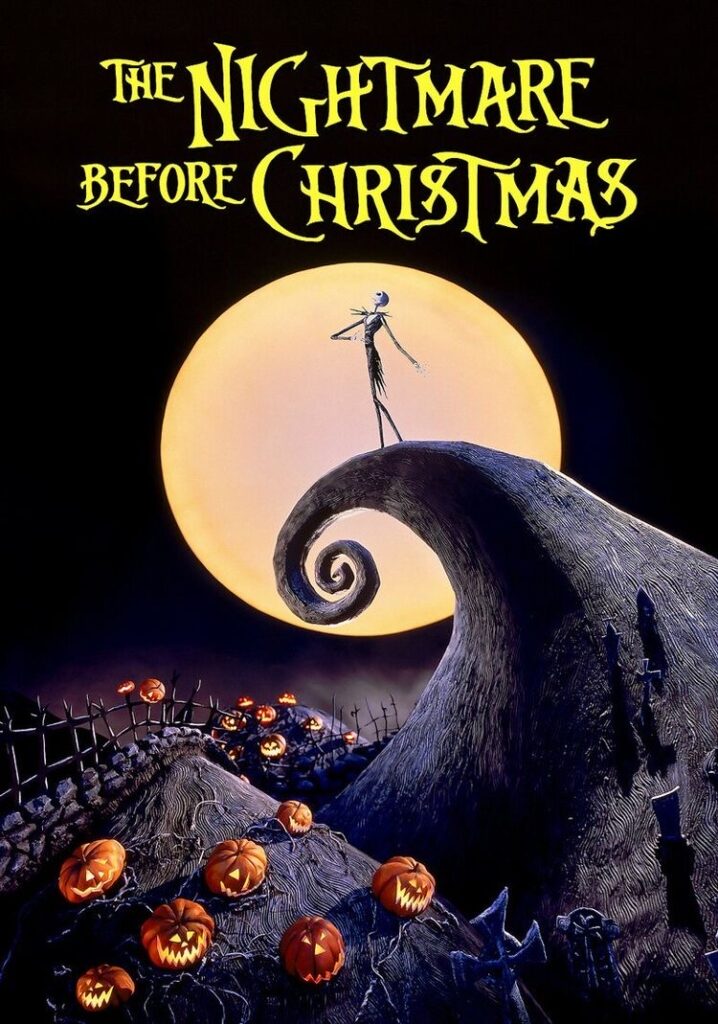
Tim Burton’s iconic movie, The Nightmare Before Christmas, is not only a perfect example of a double identity but also of uncanniness in doubles. The Nightmare Before Christmas captures the element of eeriness in what is most familiar to us. Even though Halloween is supposed to be a “scary” holiday, it’s become more of a family holiday over the years. This is important to note because Tim Burton does an excellent job not only portraying one, but two famous holidays in an uncanny way. Author Sigmund Freud writes “‘the uncanny’ is that class of the terrifying which leads back something long known to us, once very familiar” (Freud 1). The Nightmare Before Christmas begins with the conclusion of yet another successful Halloween orchestrated by Jack Skellington, the Pumpkin King. However, Jack Skellington yearns for something new, something fresh. He’s tired of the same routine every Halloween. As he’s walking through a forest, he comes upon a circle of trees. Each tree is engraved with a holiday; Thanksgiving, Easter, Christmas, Halloween, all the classics. As he’s peering into the Christmas tree, Jack stumbles and falls in. What he comes to find is something extraordinary: Christmas. Upon his discovery, Jack becomes obsessed with planning his own Christmas. He even goes as far as sending his gremlins to kidnap Santa Claus, so that he can play the role as he pleases. However, his Christmas is a major disaster. In short, it’s absolutely terrifying, having elements of Halloween woven in. This is where the element of uncanny comes in. Jack has taken something so familiar and warm, and turned it into something cold and eerie. His “double” or rather, his version of Santa Claus, is uncanny.